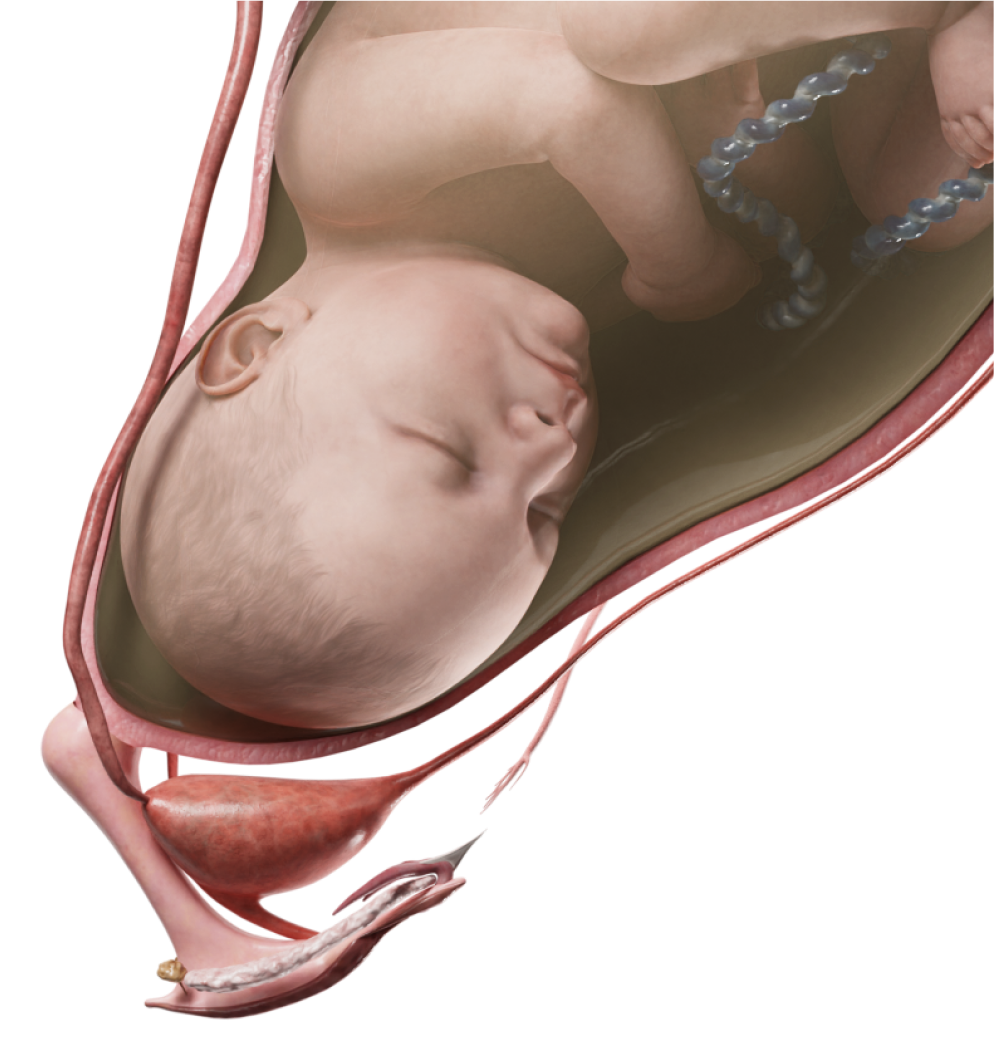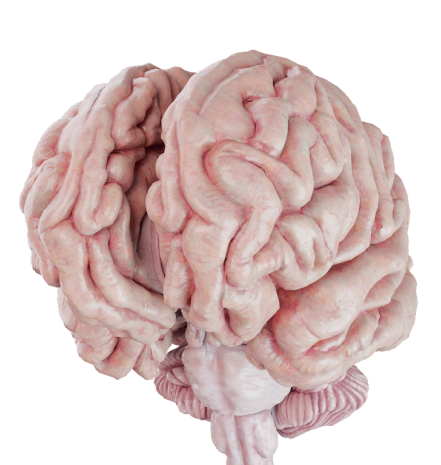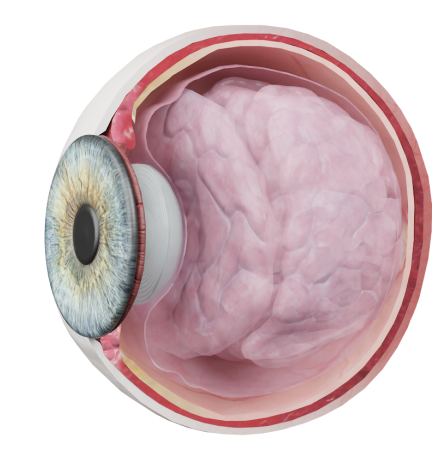Postinfarction complications
Postinfarction Ventricular Septal Defect
Postinfarction (post-MI) ventricular septal defect (VSD) is a rare complication of MI that is characterized by a rupture that forms in the affected interventricular septum.
Anatomic Pathology
Post-MI VSD results from the occlusion of coronary arteries supplying the interventricular septum. Typically, these are the anterior interventricular artery (left anterior descending artery) or the branches of the right coronary artery. For the most part, defects develop in the apical portion of the interventricular septum.
Pathophysiology
VSD causes a left-to-right shunt at the ventricular level, as the pressure in the right ventricle (RV) is lower than in the left one.
The additional volume of blood entering the right chambers of the heart leads to a RV volume overload and increased pulmonary arterial pressure. Therefore, without proper treatment, pulmonary vascular disease may develop over time, exacerbating the condition and making surgical treatment impossible.
Hemodynamic changes depend on the size of the defect. Larger defects can produce cardiogenic shock, which is associated with acute biventricular heart failure.
Clinical Manifestations
Clinical manifestations of VSD depend on the size of the defect. If it is large, signs of acute heart failure may be observed. On auscultation, wet crackles caused by increased pulmonary blood flow may be revealed. Moreover, if there is a significant blood shunt through the defect, a murmur may be heard at the pulmonary valve auscultation point.
Diagnosis
- ECG: changes are nonspecific, with the exception of signs indicative of previous MI.
- Echocardiography: visualization of the defect and its size; assessment of the left-to-right shunt and associated anomalies.
- Angiography: an additional diagnostic method to determine the severity of hemodynamic disorders.
Treatment
Post-MI VSD requires surgical treatment. The timing of surgery is determined individually since a patient’s condition is often severe and unstable in such cases.
There are two options to close the defect: an open-heart surgery and a catheter-based procedure. The first option, or a surgical repair, means that the defect is covered by a patch. The second option, known as transcatheter closure, is performed using a special occluder. However, the transcatheter closure procedure is only applicable to anatomically suitable VSDs.
Preoperative intraaortic balloon pump (IABP) counterpulsation provides temporary improvement in patients with hemodynamic instability.
Papillary Muscle Rupture
Papillary muscle rupture (PMR) is a rare and potentially fatal complication of MI (most often inferolateral MI), which causes severe mitral regurgitation (MR).
Anatomic Pathology and Pathophysiology
Papillary muscles are connected by the chordae tendinea to the ventricular surface of the mitral valve (MV) leaflets. PMR (complete or partial) impedes the tension function of the chordae tendineae. As a result, the MV leaflets prolapse into the left atrium (LA), causing severe MR. Acute LA and left ventricle (LV) volume overload ensues, leading to pulmonary edema and cardiogenic shock.
Clinical Manifestations
Fatigue, weakness, acute dyspnea, and edema are the most common complaints in patients with PMR. A physical examination may reveal a sudden, high-pitched, apical holosystolic murmur with a palpable thrill. Moreover, symptoms of acute left-sided heart failure, particularly rapidly progressive pulmonary edema, may be observed. Another common occurrence is cardiogenic shock, which is characterized by hypotension and eventually multiple organ dysfunction syndrome.
Diagnosis
- ECG: right axis deviation; sinus rhythm is often present.
- Echocardiography: visualization of MR, assessment of its severity and cause identification; assessment of ventricular function.
- Chest X-ray: signs of pulmonary edema.
Treatment
PMR-induced acute MR requires emergency surgical treatment under cardiopulmonary bypass. In order to temporarily improve the condition of hemodynamically unstable patients, an intraaortic balloon pump (IABP) counterpulsation can be used.
Surgical treatment for PMR includes repair of the MV, the chordae tendinea, and the papillary muscles. If necessary, artificial chordae may be used. However, if a repair is not an option, MV replacement can be performed.
Left Ventricular Aneurysm
Left ventricular (LV) aneurysm is a severe complication of MI. Two types of LV aneurysms are recognized: true and false (pseudoaneurysm). A true aneurysm is characterized by outward bulging of the thinned affected ventricular wall. Conversely, a false aneurysm results from a rupture of the ventricular free wall contained by overlying adherent tissues, thereby forming a cavity.
Classification
LV aneurysm can be classified according to the time of manifestation:
- Acute: within 2 weeks after MI.
- Subacute: within 2–6 weeks after MI.
- Chronic.
Anatomic Pathology and Pathophysiology
The wall of the aneurysm is thin and may be represented by a scarred myocardium. Depending on the shape, aneurysms can be fusiform, saccular, or diffuse. At the aneurysm formation site, turbulent blood flow is observed, thus increasing the risk of blood clots and aneurysm rupture.
Pseudoaneurysms typically have a small, narrow-necked channel that connects the ventricle with an aneurysmal sac. The aneurysm cavity is lined with fibrous pericardial tissue without any myocardial elements. In some cases, the aneurysmal sac is formed by a bulging of the epicardial tissue fused externally to the pericardium.
Clinical Manifestations
LV aneurysms can often be asymptomatic. However, the main clinical manifestations are those of heart failure, including dyspnea, tachycardia, peripheral edema, exercise intolerance, dizziness, etc.
Diagnosis
- ECG: signs of previous MI.
- Echocardiography: visualization of the aneurysm, its shape, and blood clots; measurement of aneurysm size and wall thickness.
- MRI: assessment of the aneurysm location, size, and shape.
Treatment
Surgical treatment is not universally indicated in all patients with a true aneurysm. If the surgical risk is high, the cardiac index is low, and the LV dysfunction is minor, a surgery is not required. On the other hand, a false aneurysm has a high risk of rupture, which can potentially be fatal, and therefore should be surgically repaired.
There are several reconstructive surgical techniques for post-MI LV aneurysms. For instance, the Cooley technique involves resection of the aneurysm walls, followed by a patch sutured into the ventricular wall to restore it. Another method to repair the LV wall is the purse-string technique, when the affected tissue is excised and a purse-string suture is placed. Additionally, patch ventriculoplasty, when a synthetic patch is sutured inside the ventricle, may also be considered.










